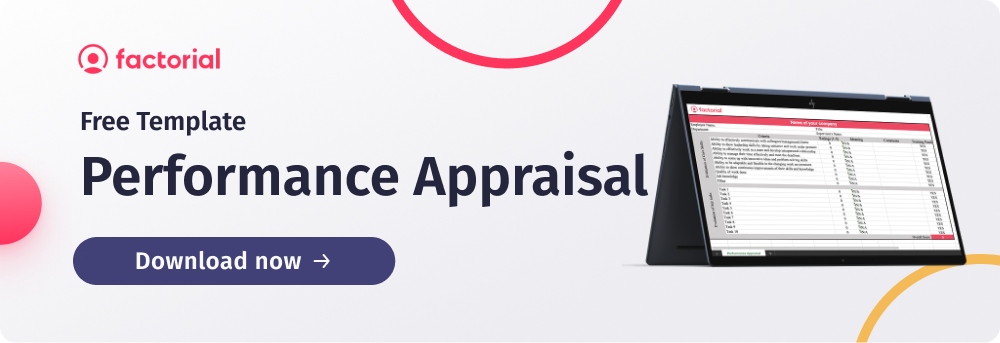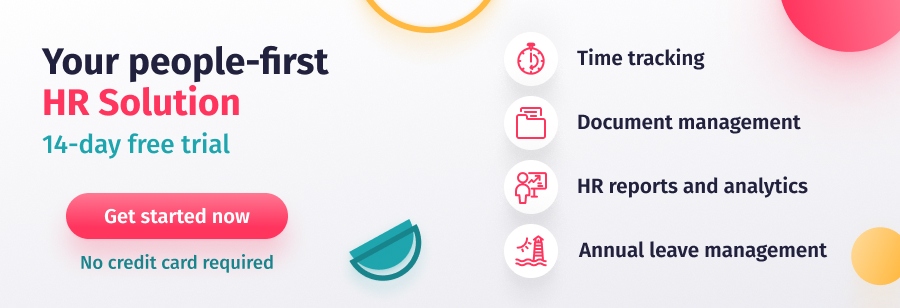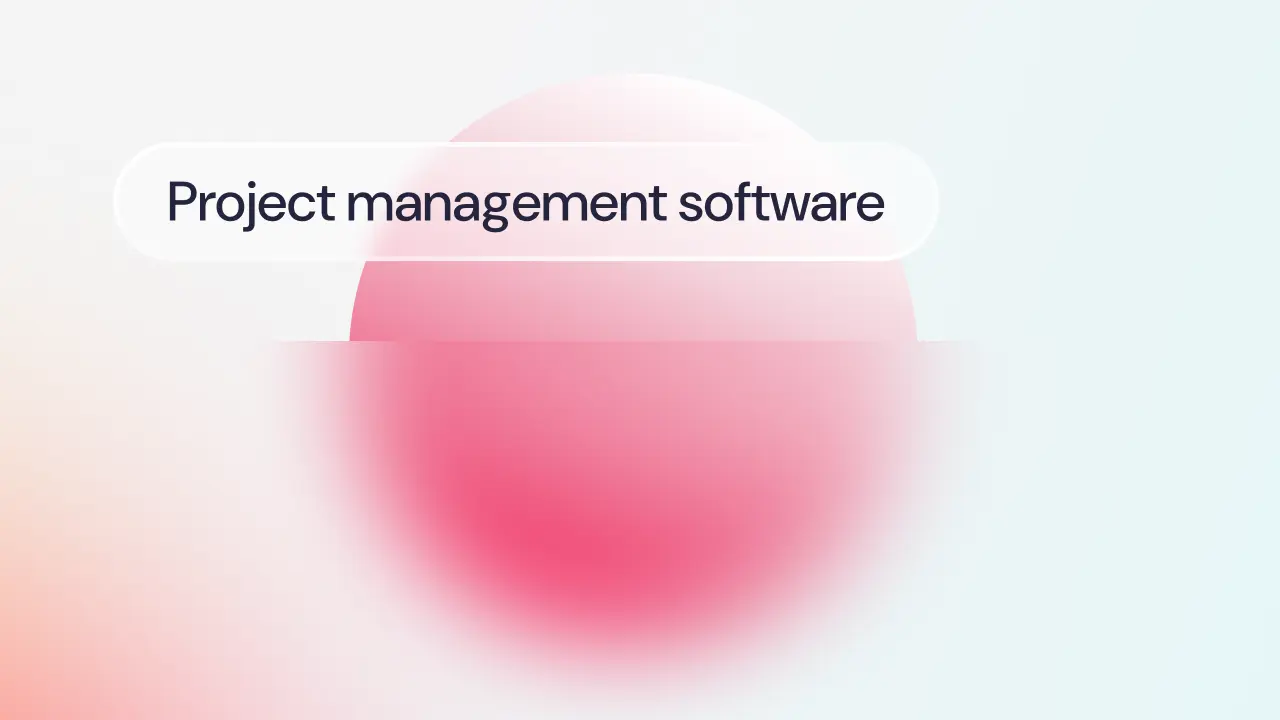The IT industry has completely transformed from its days of ‘have you tried turning it off and on again.’ IT professionals today have taken ‘high-performing’ to the next level as they’ve adapted, evolved and grown with the technology around them.
This is partly because the speed of innovation has meant that jobs in the sector are constantly changing and developing. Businesses are starting to realise how important technology is to achieving their strategic goals.
For the industry, having a robust performance management process in place is integral to the successful running of IT companies and departments. Managers need to be sure they can rely on their performance appraisal software to identify the strengths of their workforce and areas for improvement. This empowers company leaders to play to the strengths of their workforce, continually develop competencies and ultimately perform better and achieve greater success.
This article will explore the impact that performance management software can have on the IT industry.
- The Importance of Performance Management and Appraisals
- How Does Performance Review Software Work?
- How Can Performance Management Tools Support the IT Industry?
- Popular Performance Management Tools in IT (Balanced Scorecard, The 360 Review)

The Importance of Performance Management and Appraisals
When they’re done right, performance management and appraisals have countless benefits.
They’re integral to aligning performance to business objectives, setting a clear understanding of job roles and responsibilities and facilitating career development. They have also been shown to bolster employee morale and retention, help employers identify training needs, increase self-motivation and reduce micromanagement.
Despite all these benefits, a recent study by the Journal of Industrial Psychology found that 95% of managers are dissatisfied with their performance management systems, and 59% of employees felt the reviews are not worth the time invested. On top of that, 56% of them said they didn’t receive feedback on how to improve.
Knowing how vital performance management is, the next question is how to ensure businesses get the most out of the time, energy and investment they are putting into them. For this reason, performance management software has become increasingly popular.
How Does Performance Review Software Work?
The power of performance review software lies in its consistency and ability to automate processes. It tracks and measures the performance of team members using KPIs and reports which can drive compelling insights. It is based on collaboration, encouraging managers and their teams to work together.
Digital performance management tools allow you to completely automate the performance review process while personalising every aspect, from the questions you want to ask to who can best review and evaluate employee development, collaboration and performance.
The most integral aspect of performance review software is the ability to integrate with data analytics, allowing you to efficiently evaluate employee skills, identify areas for growth and track employee development. Using data to tailor pathways for growth to each individual can drive personal development at a much faster rate.
Performance management systems can facilitate these key processes:
- Planning and goal setting: Set goals and outline how they’ll be evaluated, with specific time frames for achievement.
- Management and employee involvement: Teams need to know the process isn’t just a tick-box exercise and that it is a two-way process between the manager and the individual.
- Monitoring and feedback: This allows tracking of an individual’s performance and gives them ownership of their development. It also provides help and support if employees need this to achieve their goals.
- Development and improvement: Real-time data equips managers with the information they need to create personal development plans. Team members are likely to perform better if they’re reaching for goals and targets.
- Reward and compensation: Performance reviews are often tied to salary increases and bonuses, but exciting projects and new role responsibilities can also be rewarding.
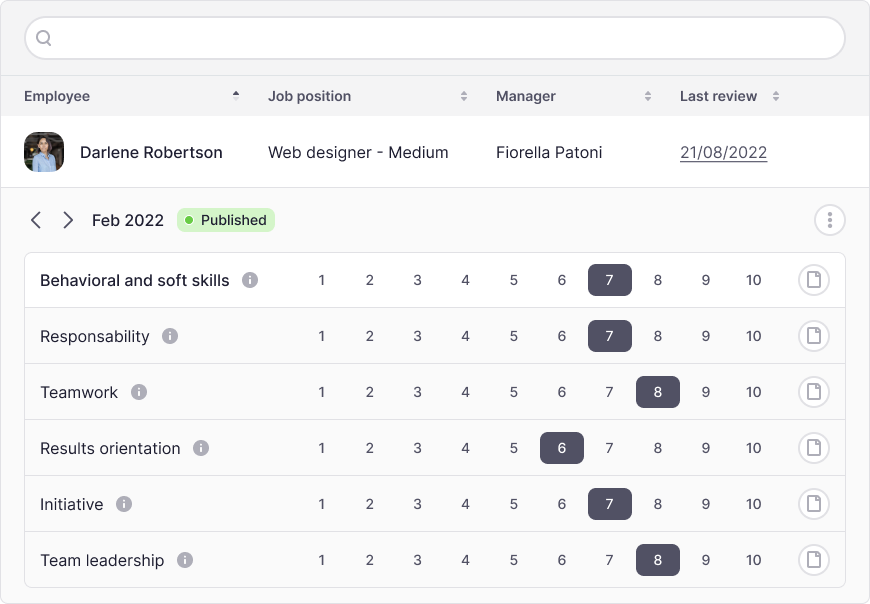
How Can Performance Management Tools Support the IT Industry?
Address the Skills Gap
When it comes to IT, there is a general need for more skills. This means that it is integral for businesses to develop their talent quickly to plug the gap. Roles are also continually evolving and becoming more challenging, and with it comes increased responsibility and accountability.
Appraisal software allows you to detect training needs and create an action plan for teams that need development. By automating assessment models like the 9 box grid, managers can easily reevaluate talent placement, improve succession planning and identify performance issues and talent gaps. In turn, this facilitates employee growth and contributes to retention, engagement and productivity.
With performance management software, managers and HR leaders can also review the efficacy of training courses and make adjustments as necessary.
Optimise Hiring to Attract and Retain Talent
The huge demand for skills in the IT sector leads to fierce competition for talent. More interestingly, it is often not just salary that encourages movement between jobs. Flexibility, upskilling, more manageable workloads and the chance to specialise are reasons people are tempted to change companies.
By integrating performance management with data analytics, managers can quantify and monitor each employee’s goals, and generate reports to visualise their progress. Based on this, managers can provide guidance to improve performance, recognise good results as they happen, and step in when needed. Employee satisfaction and internal progression are therefore more probable, contributing to a positive working environment likely to attract and retain talent.
Offset the Increased Workload
Workloads aren’t just increasing for IT professionals; they are also diversifying. Mid-sized businesses will expect their teams to manage everything that falls into the IT bucket. They are often in charge of daily monitoring, upkeep, and problem-solving but also have to take on infrastructure improvements, develop the IT strategy and generally move the business forward from an IT perspective.
With employee performance management software, you can align personal employee goals to the organisation’s objectives. By intertwining individual and wider business success, the driving force behind both is stronger.
By measuring competencies with key metrics and automating performance reviews, managers can have greater visibility over the skillsets of each team member. Workload can then be managed accordingly, playing to the strengths and weaknesses of employees.
Managing Outsourcing
A combination of all these challenges leads many businesses towards outsourcing or co-sourcing their IT requirements. Whilst this is sometimes unavoidable, doing so can also raise issues with reliability, accountability and security issues.
With performance management software, businesses gain insight into every level of the workforce. Tools allow you to create dynamic groups of reviewers, including members of a particular team, office or the entire company. You can automatically include new hires in performance evaluations or manually add any freelancers or contractors to monitor their performance too.
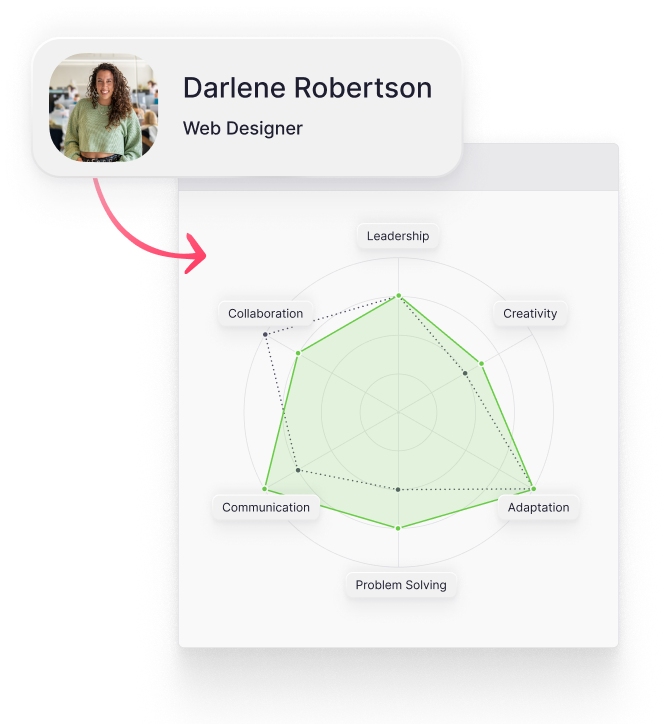
Popular Performance Management Tools in IT
Traditionally, performance management in the IT sector, much like many hard-skilled industries, has been focused on past performance. Goals are often set from the top down and performance is generally rated by management only. This then feeds into an annual appraisal process that the HR team commonly leads.
Today, performance management is approached more holistically. The focus has shifted towards developing employee performance for the future. Goals are shared amongst teams and they are much more aligned with the overarching objectives of the business. While the process is still the responsibility of managers and leaders, feedback is measured from a whole range of contributors, including customers, peers and direct reports. Perhaps most importantly, the annual appraisal has taken on a new form and is now composed of continuous feedback throughout the year.
These changes to the process have been made possible by performance review software. Without automation, cloud storage and developments in tech, these complex appraisal processes could not have become mainstream.
More specifically, there are two methods favoured by IT companies:
Balanced Scorecard
The ‘Balanced Scorecard’ method of performance management aims to translate the business’s strategic goals into performance objectives. It was created to bring a more balanced view to an organisation’s performance.
It is broken down into four parts:
- Financial Perspective: How do we look to Shareholders?
- Internal Business Perspective: What must we excel at?
- Customer Perspective: How do customers see us?
- Innovation and Learning Perspective: Can we Continue to Improve and Create Value?
The system gives managers a well-rounded perspective and refines the information collated. It brings together traditionally separate parts of the business to avoid siloes developing. The process also forces managers to look at all critical operational elements of the company together which can bring the strategic vision of a business to life.
The 360° Review
In traditional employee performance reviews, only the team member’s manager evaluates how well they do their job. In a 360° review, feedback from peers, reporting staff, customers and other stakeholders who interact with them are also taken into account. Performance management software automates this process and allows managers to tailor the questions related to each team member.
Generally, the 360° review is renowned as a comprehensive, reliable, highly effective tool that paints a realistic picture of individuals within teams, as well as the team and the business as a whole. This method:
Encourages self-awareness
Asking for feedback helps team members find a middle ground between what they think of themselves and what others think of them. Because of this, it helps them become more self-aware, giving them a clearer picture of their strengths and weaknesses.
Identifies knowledge gaps
Skills gaps challenge an organisation’s success and growth, as well as independent development. Individual and group-level analysis can show where a team or individual member lacks skills or knowledge.
Improves productivity
360° reviews can strengthen relationships and trust between teams and encourage collaboration towards shared goals. People who undervalue themselves are also more likely to take on group feedback rather than feedback from just one person.

Gives a deep level of insight
A greater volume of feedback from more sources results in richer data from a range of viewpoints, giving a more accurate assessment. This also reduces the chance of manager bias or discrimination.
Encourages transparency
The more people take part, the more honest the organisational culture becomes. Teams are also more likely to trust the outcomes of the reviews with wider input, increasing the credibility of this type of feedback.
✅ Sign up for our free trial to discover how our performance management software can boost employee development and improve your business.
